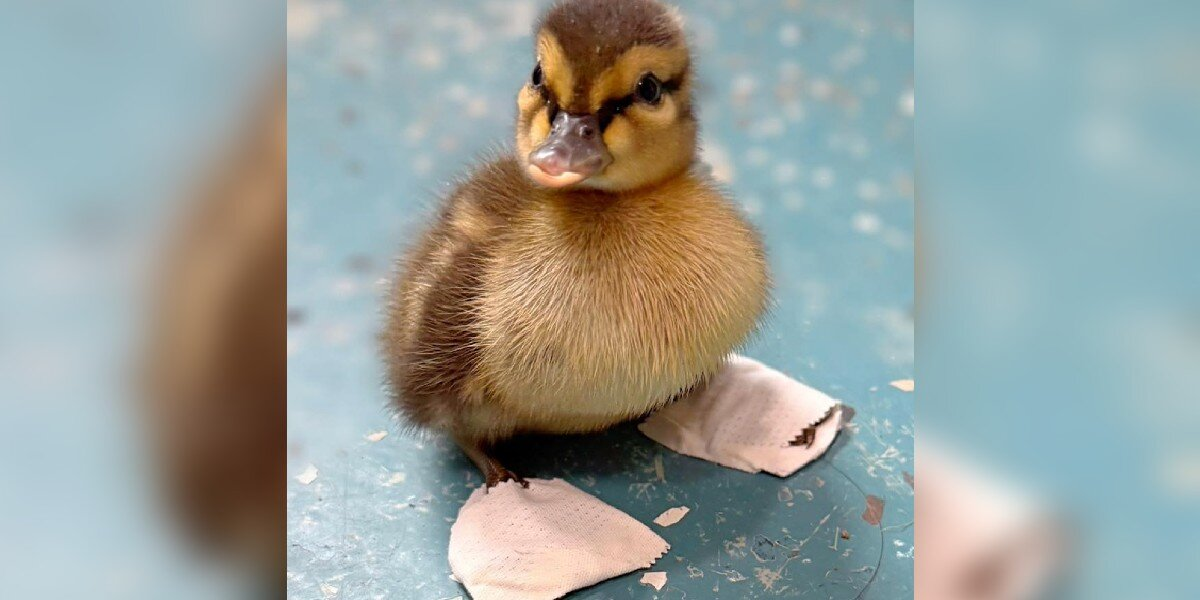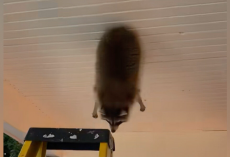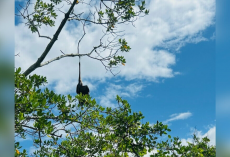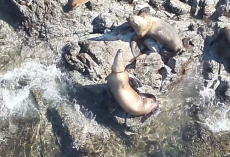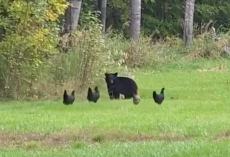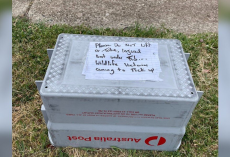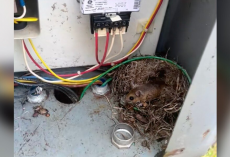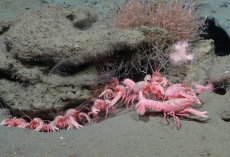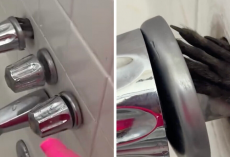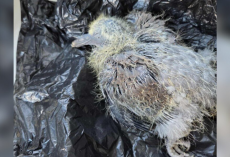When wildlife rehabber Jane Newhouse placed a group of newly rescued ducklings into a warm brooder earlier this summer, one tiny bird immediately stood out.
“He was struggling to walk,” Newhouse told The Dodo. “His toes curled inward, and he was walking on his knuckles. It looked so uncomfortable.”
Her daughter noticed too: “Mom, is something wrong with that one?”
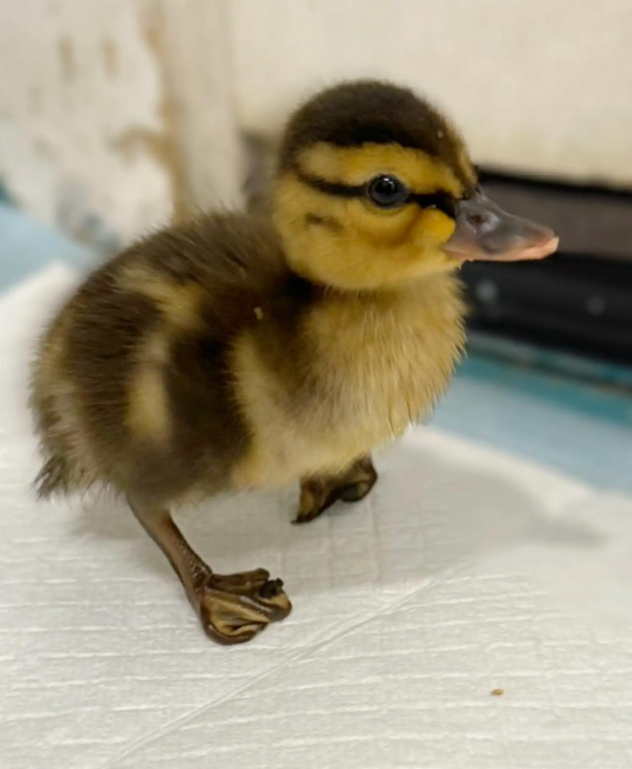
The little duckling had already endured heartbreaking loss. His mother had been leading her babies across a busy road when a driver intentionally struck her.
Another motorist, horrified by what he witnessed, pulled over and scooped up the surviving ducklings, bringing them straight to Newhouse Wildlife Rescue in Massachusetts.
For this particular duckling, survival wasn’t guaranteed. His feet hadn’t formed properly in the egg, likely due to a vitamin deficiency. Without help, he’d never walk normally.
So Newhouse improvised. With the lid of a food container and some medical tape, she crafted the tiniest pair of orthopedic shoes.
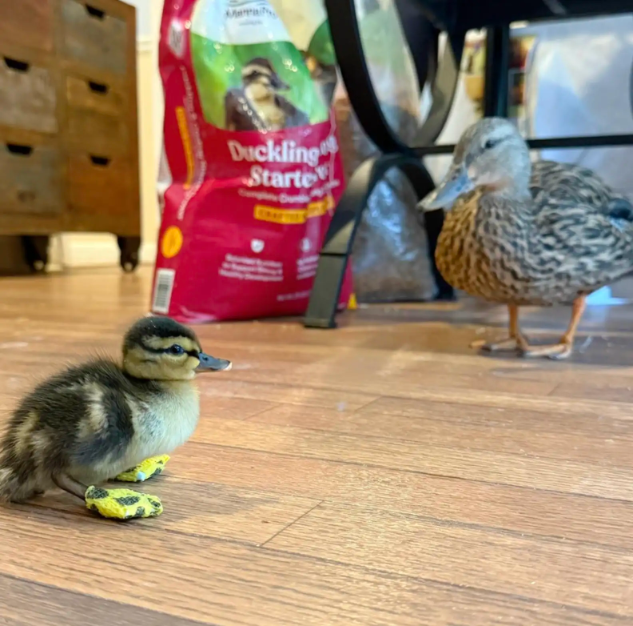
At first, the duckling stumbled in his odd new footwear. But soon, he was waddling faster — and with every step, looking a little happier.
The team nicknamed him Happy Feet, and the name stuck.
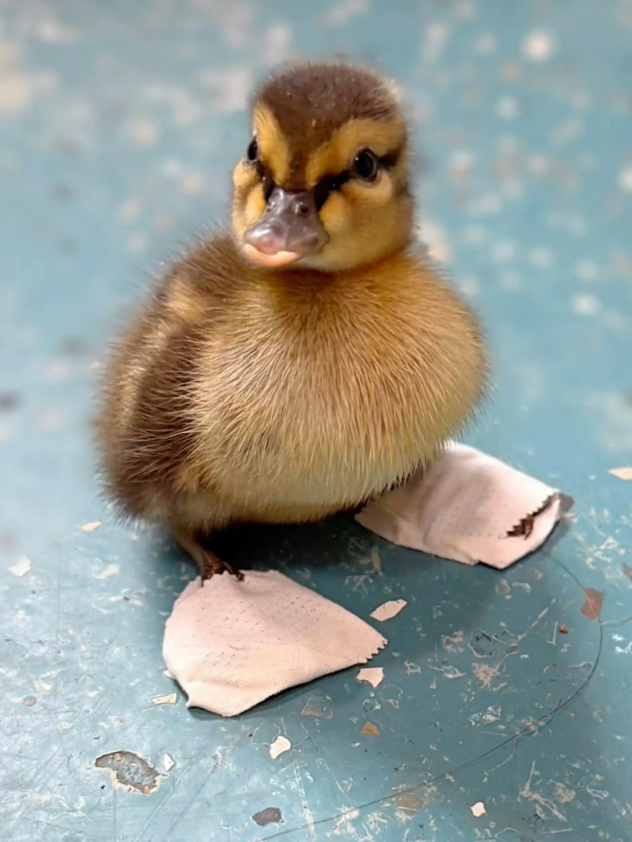
“We changed the shoes every day to keep them clean and dry,” Newhouse explained. “After three days, we took him to the vet and removed them — and his feet were perfectly flat. He was walking normally.”
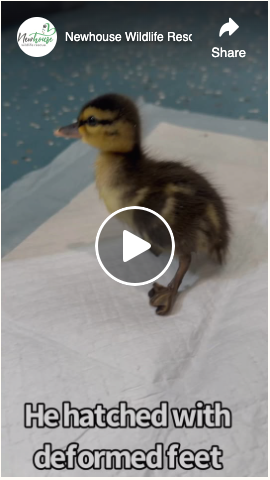
Happy Feet wasn’t the only orphan to arrive at the rescue this spring. Just days before, another good Samaritan stopped traffic on the Massachusetts Turnpike after a mother duck was hit by a car.
With nothing else to use, she scooped the confused ducklings into a TJ Maxx shopping bag and rushed them to safety.
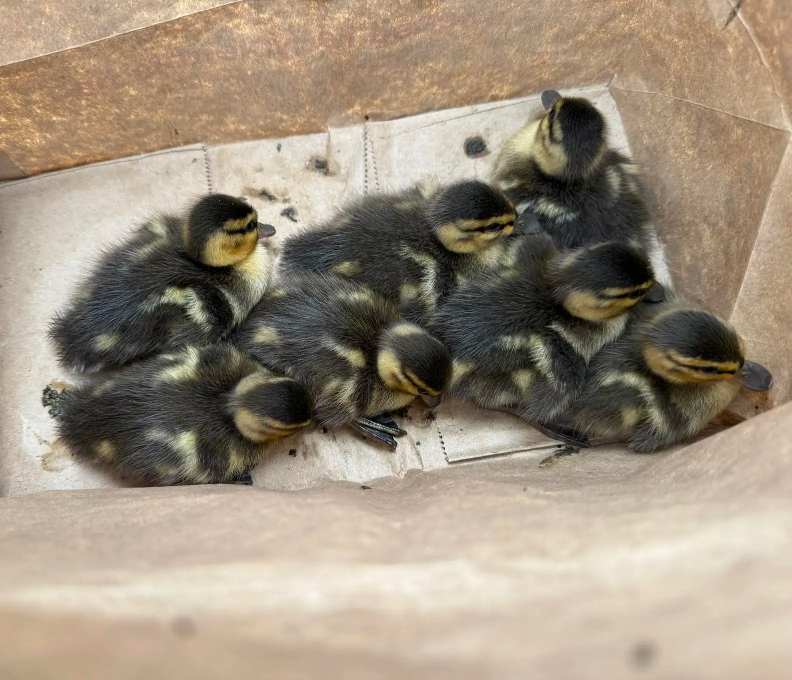
This season alone, Newhouse has taken in more than 70 ducklings — her first year as a federally permitted wildlife rehabber for waterfowl.
“There are only a handful of us in the state who can take in ducklings,” she said. “And when a mom gets hit, you’re suddenly talking about seven to ten babies all needing care.”
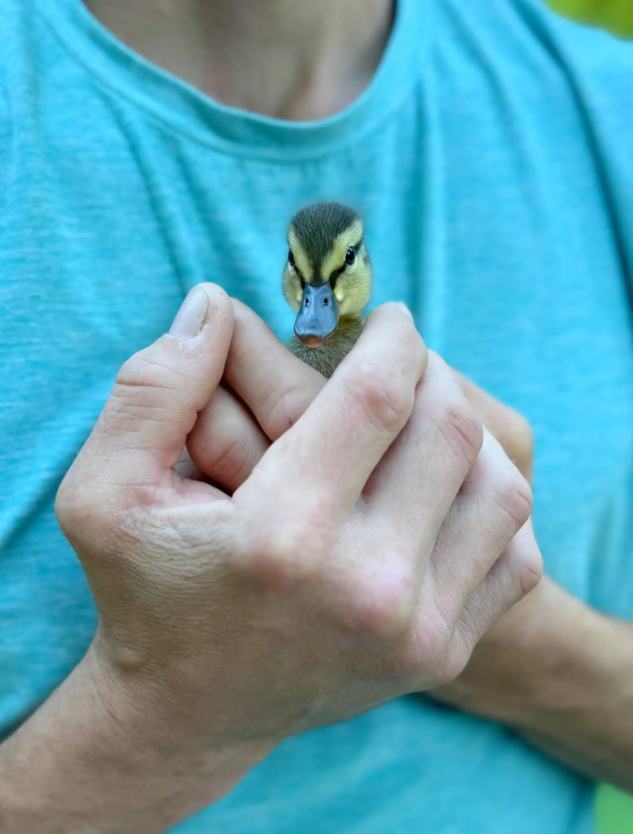
Inside the rescue, ducklings are sorted by age and size: the youngest rest beneath warm lights, while older ones splash in shallow pools before eventually moving to outdoor ponds.
There, they learn to forage, swim, and flap — all the skills they’ll need once released back into the wild. So far this year, Newhouse has already released 20 back to freedom.
But the work isn’t just about saving animals. It’s also about giving peace to the people who bring them in.
“The man who rescued Happy Feet was just the sweetest,” Newhouse said. “For people who witness something tragic, it helps to know the animal is getting a second chance.”
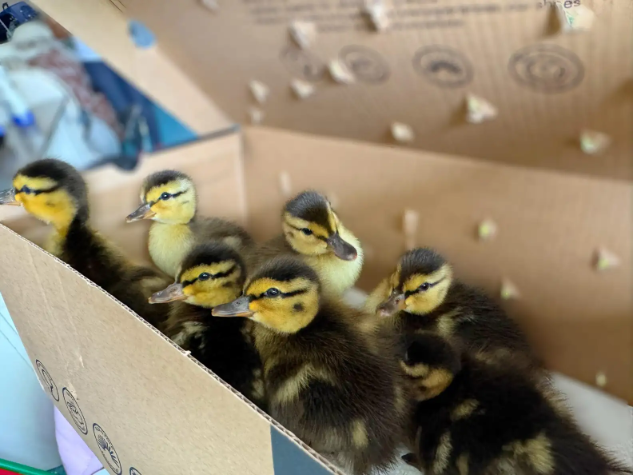
For Happy Feet, that second chance came in an unexpected way.
“He never would’ve survived in the wild,” Newhouse said. “If his mom hadn’t been hit, he wouldn’t have gotten the help he needed. It’s a strange twist, but it saved him.”
It’s illegal to intentionally harm ducks, so if you see a hit-and-run involving wildlife, get the driver’s license plate, take photos and report it to your state wildlife management agency. And if you want to support wildlife rehabbers’ lifesaving work, donations of supplies or funds can make a difference.

